Small Bench Machine Sifting is suitable for laboratories, small-batch production, or fine sieving applications. Its compact design allows for direct placement on a lab bench or work surface, making it particularly suitable for applications with tight space requirements or small screening volumes, such as pharmaceutical R&D, food analysis, chemical experiments, or new material testing.
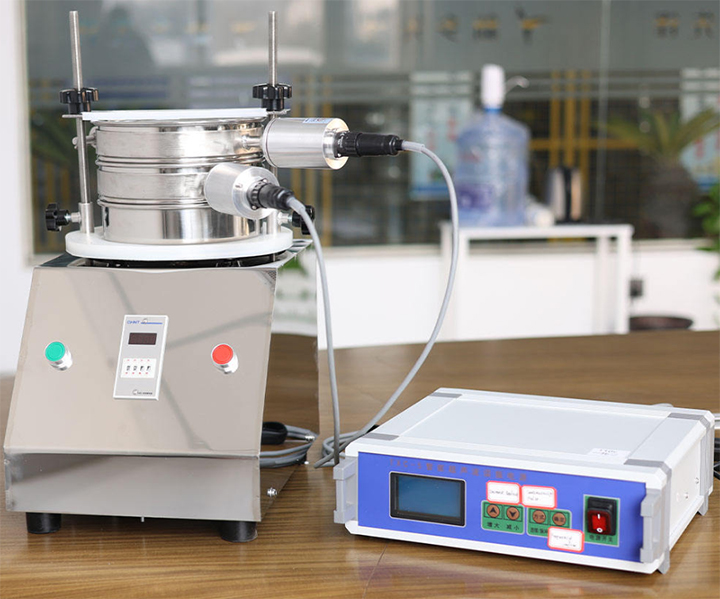
Small Bench Machine Sifting typically utilizes an electric vibration drive system, using vertical or horizontal vibration to sieve materials for stratification, grading, or impurity removal. The number of sieve layers can be customized, with 1 to 3 layers being common, and mesh sizes ranging from 20 to 500 mesh, meeting a wide range of screening needs, from coarse to fine. The sieve frame is typically made of stainless steel, offering excellent corrosion resistance and easy cleaning. It is suitable for processing powders, granules, and samples with poor flowability, such as milk powder, pharmaceutical powder, metal powder, and ceramic granules. Some models also support digital timers and variable frequency speed control, allowing users to flexibly control sieving time and vibration intensity, improving experimental consistency and operational accuracy.
Small Bench Machine Sifting machines encompass a wide range of fine screening equipment, including test sieves, slap sieves, and top-percussion sieves. They are particularly suitable for laboratories, small-batch production, and R&D. These devices are compact and easy to operate, and can be placed on a laboratory bench. Test sieves are typically used for particle size analysis and precise grading. They are used with standard sieves, with mesh sizes ranging from 20 to 500 mesh and configurable with 1–8 mesh layers. They are generally suitable for processing sample sizes of 50g to 3kg per time, offering high screening accuracy and suitable for microanalysis in industries such as food, pharmaceuticals, and metallurgy.
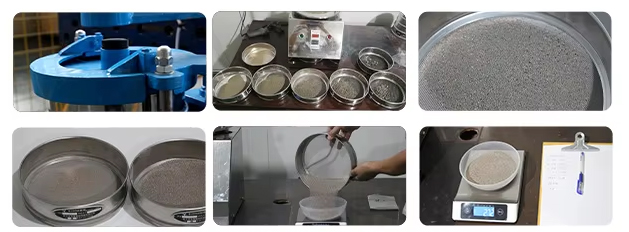
Slap sieves are suitable for screening medium-to-fine particles, especially those with irregular particle sizes or those prone to clogging. They combine slapping and vibration to increase screening efficiency, achieving a screening output of approximately 5–10kg per hour. They are compatible with sieves ranging from 20–200 mesh.

Top-percussion sieves are high-frequency vibrating devices commonly used for screening high-contrast or highly adherent materials, such as mineral fines and metal particles. The screening process utilizes upward and downward impact to generate stronger vibration, effectively increasing the pass rate of materials that clog the screen. It supports configurations with 1–6 screen layers, with mesh sizes ranging from 10 to 300 mesh, and can process 3–15 kg of sample per hour.
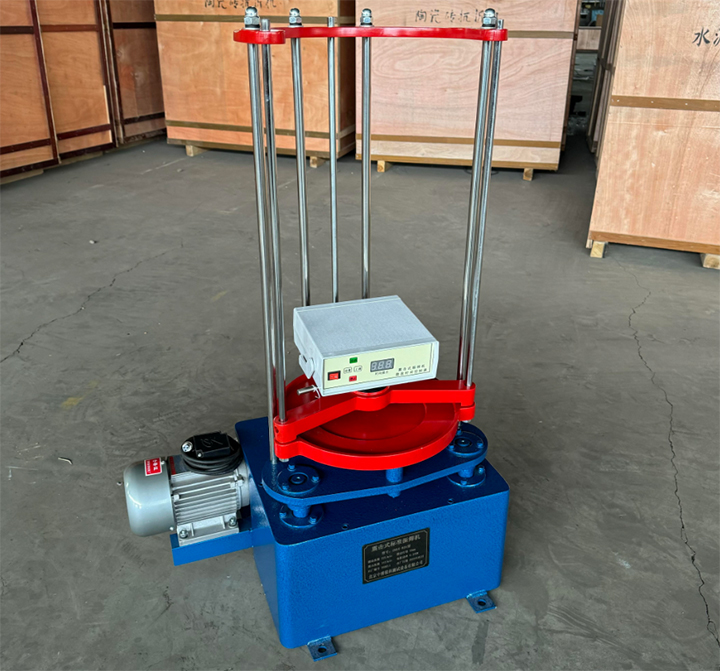
Although different screen types employ different screening methods, they all offer advantages such as high screening efficiency, compact structure, convenient screen changing, and simple operation. They are ideal tools for particle size testing, composition analysis, and quality control of various granular and powder materials. To meet different material properties and test objectives, users can select the optimal model based on production volume, number of screen layers, and particle size requirements to improve experimental efficiency and screening accuracy.
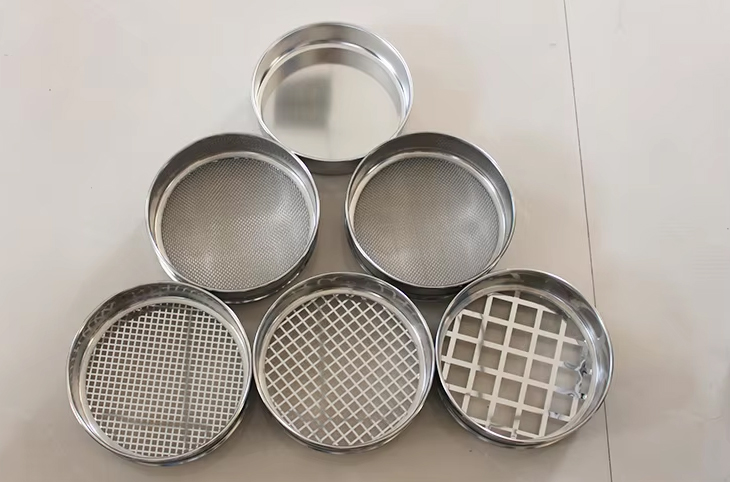
Small Bench Machine Sifting offers significant advantages such as low noise, low energy consumption, and easy operation. Its high screening accuracy and excellent repeatability make it particularly suitable for process control and early development scenarios where sample quality is critical. The equipment often features a quick-lock mechanism for easy screen replacement and cleaning, improving overall efficiency. Furthermore, its low maintenance costs and long service life make it an ideal choice for various small-batch screening tasks.
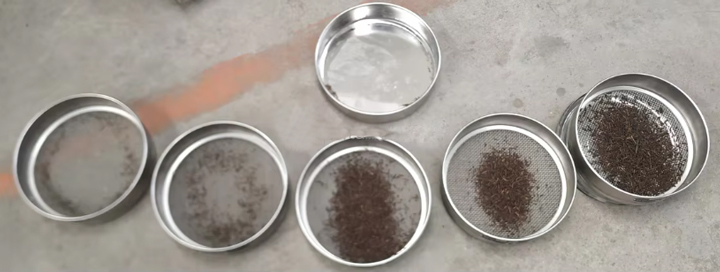
Address:China,Yanjin county forest park gate to the west 1000 meters north road.